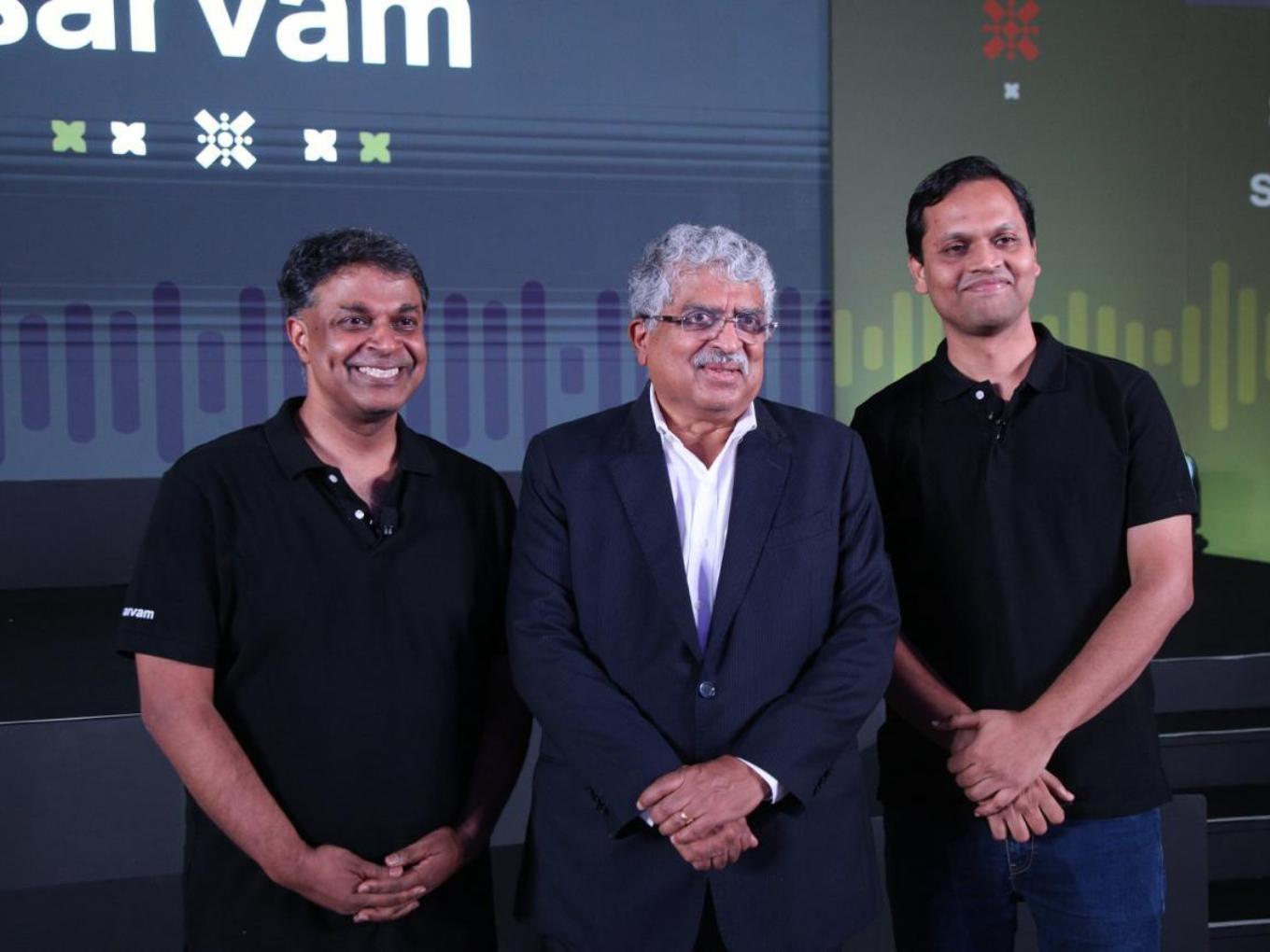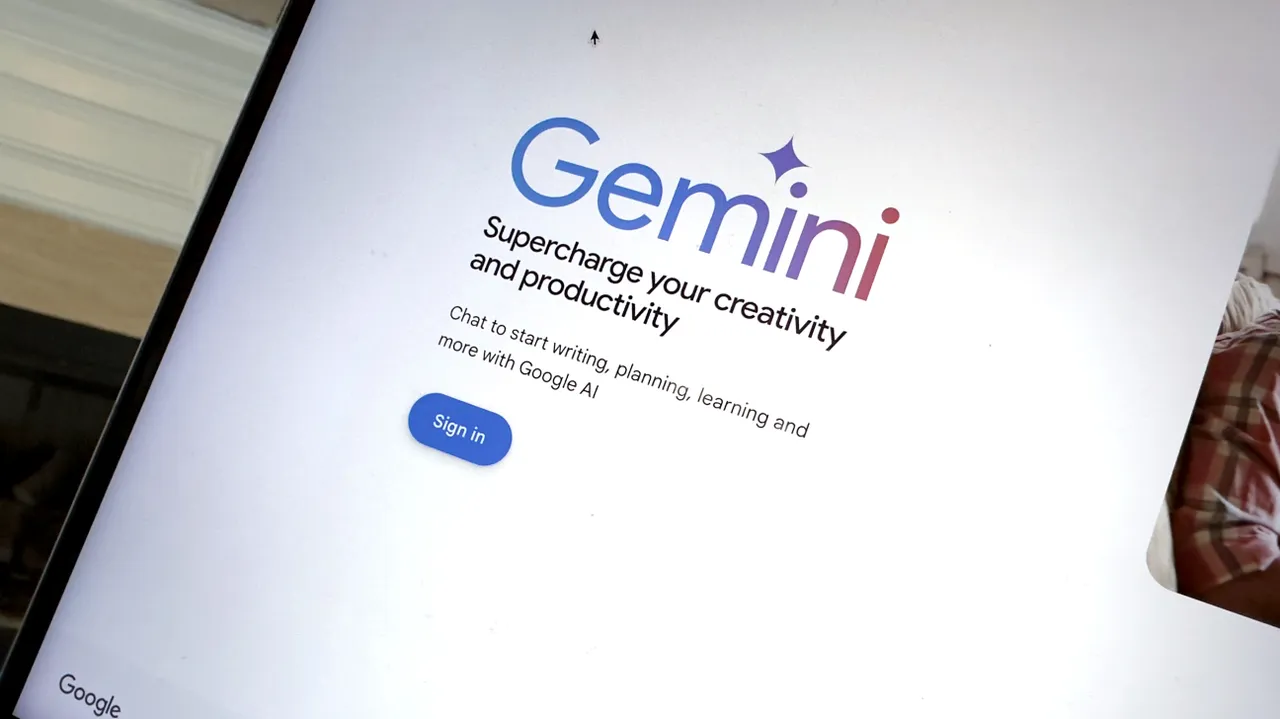Can a nation build a powerful artificial intelligence platform from the ground up in half a year? India is placing a significant bet that it can, tasking homegrown startup Sarvam AI with an ambitious project: developing the country’s first truly indigenous large language model within the next six months. This move, announced under the government’s ambitious IndiaAI Mission, marks a critical step towards India securing its own digital future in the age of artificial intelligence.
The announcement sent ripples through India’s technology landscape. Union Minister Ashwini Vaishnaw confirmed the selection of Sarvam AI, highlighting the government’s confidence in the Bengaluru-based company’s ability to deliver a platform competitive with global AI models. The timeline is tight, a mere six months, but Sarvam AI’s founders have committed to meeting this challenge head-on.
At the heart of this project lies the development of a “sovereign” AI model. This isn’t just about building technology; it’s about control and self-reliance. By creating an AI platform within its borders, trained on Indian data and tailored for Indian needs, the country aims to ensure data privacy and strategic autonomy. For citizens, this could mean interacting with AI systems that understand local languages and cultural nuances deeply. For businesses, it offers the potential to leverage powerful AI without sending sensitive data outside the country.
Sarvam AI, co-founded by Dr. Vivek Raghavan and Dr. Pratyush Kumar, brings notable expertise to this undertaking. Both have a strong background in building large-scale digital public goods and extensive research in Indian language AI. Dr. Raghavan played a key role in the Aadhaar identity program, while Dr. Kumar co-founded AI4Bharat, an initiative focused on open-source Indian language AI. Their combined experience positions Sarvam AI to tackle the unique challenges of building AI for a diverse nation like India.
The government is backing this initiative with crucial resources. Sarvam AI will receive access to a substantial number of high-performance Graphics Processing Units (GPUs) – specialized computer chips essential for training complex AI models. Reports indicate an allocation of 400 GPUs for six months, providing the necessary computational power to accelerate development. This access to compute resources is a key component of the IndiaAI Mission, which aims to build a robust AI ecosystem by providing shared infrastructure.
Sarvam AI plans to develop a large language model with 70 billion parameters. The parameter count of an LLM generally indicates its complexity and capability. A 70 billion parameter model is substantial and suggests the aspiration to build a highly capable AI system. The company is reportedly working on three variants of its model: Sarvam-Large for complex reasoning, Sarvam-Small for real-time tasks, and Sarvam-Edge for applications running on devices. This tiered approach aims to cater to a wide range of potential uses, from sophisticated enterprise solutions to everyday applications accessible on mobile phones.
The focus on Indian languages and voice interfaces is particularly significant. India is a multilingual nation, and for AI to have a true population-scale impact, it must be fluent in languages beyond English and capable of understanding and generating speech accurately. Sarvam AI’s prior work in Indian language AI gives them a head start in this crucial area. They have already developed models demonstrating strong performance in multiple Indian languages.
The development comes at a time of increasing global competition in the AI space. Countries worldwide are recognizing the strategic importance of developing their own AI capabilities. India’s move to build a sovereign AI model reflects this global trend and the understanding that being a user of AI is different from being a creator.
Building a foundational AI model from scratch in six months is an ambitious goal. It requires intense research, development, and access to vast datasets and computing power. Sarvam AI’s founders have expressed confidence in their team and their approach, which involves collaborating with institutions like AI4Bharat at IIT Madras.
The success of this project could have far-reaching implications for India. It could power a new wave of AI-driven services in areas like healthcare, education, agriculture, and governance, making technology more accessible and relevant to millions of people. It could also spur further innovation within the country, fostering a new generation of AI startups and researchers.
Sarvam AI’s undertaking is more than just a technological project; it is a statement of intent. It shows India’s determination to be a frontrunner in the global AI race, building its own capabilities and shaping its own digital destiny. The next six months will be crucial, as the world watches to see if India can indeed build its AI brain within this tight timeframe.



















